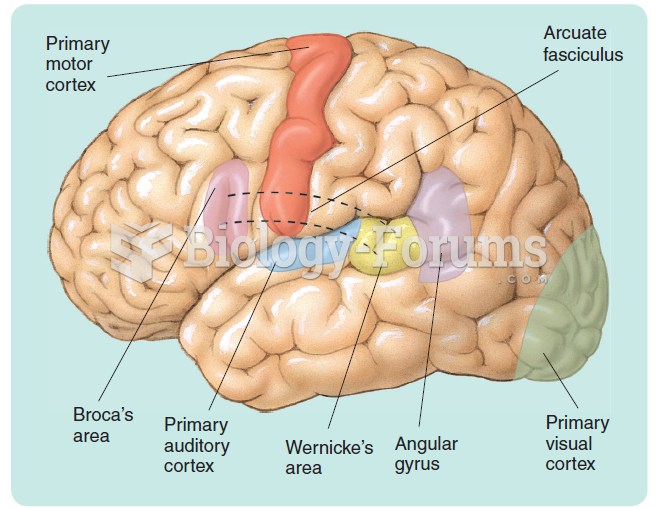Answer to Question 1ANS: Using the method of factor analysis, Zuckerman identified four components of sensation seeking:
- Thrill and adventure seeking: It is the desire to engage in physical activities involving speed, danger, novelty, and defiance of gravity such as parachuting, scuba diving, or bungee jumping.
- Experience seeking: It is the search for novel experiences through travel, music, art, or a nonconformist lifestyle with similarly inclined people.
- Disinhibition: It is the need to seek release in uninhibited social activities such as risky sex, impulsiveness, aggressiveness, and antisocial behaviors.
- Boredom susceptibility: It is an aversion to repetitive experiences, routine work, and predictable people, and a reaction of restless discontent when exposed to such situations.
Zuckerman later noted a distinction between so-called good and bad sensation seeking:
- The good type, or non-impulsive socialized sensation seeking, involves the thrill- and adventure-seeking component.
- The bad type, impulsive unsocialized sensation seeking, consists of high scores on the disinhibition, experience seeking, and boredom susceptibility components, as well as high scores on Eysenck's psychoticism scale.
Answer to Question 2ANS: Students' answers will vary.
According to Owen, 2006; Schmitz, Neumann, & Oppermann, 2000, people high in internal locus of control are less likely to have emotional problems or to become alcoholics. They also cope better with stress, as was demonstrated in a study of nurses in Germany. Those who reported higher levels of work-related stress and burnout scored higher in external locus of control than those less bothered by stress and burnout.
Other research among diverse populationsincludin
g pregnant women, female prisoners, and police officersfound that those high in external control are more prone to fantasies, anxiety, depression, fear of death on the job (police), psychotic episodes, and hopelessness. They were also more likely to become victims of cyberbullying than those high in internal control.
According to Leontopoulou, 2006, college students in Greece, a family-oriented and highly protective culture, were followed as they dealt with the social and emotional challenges of leaving home, many for the first time. Students who scored high in internal control adjusted more readily than those high in external control.







